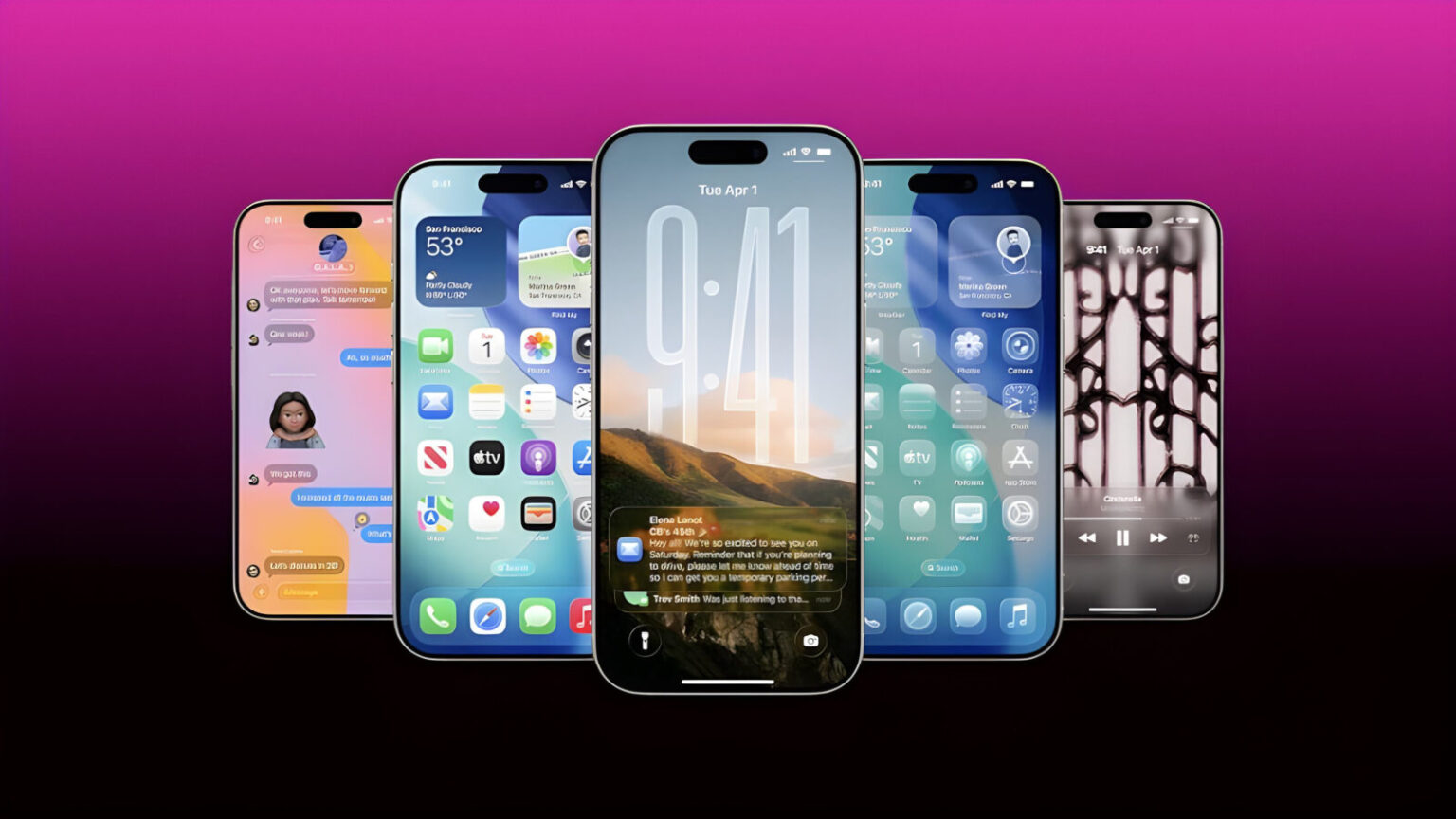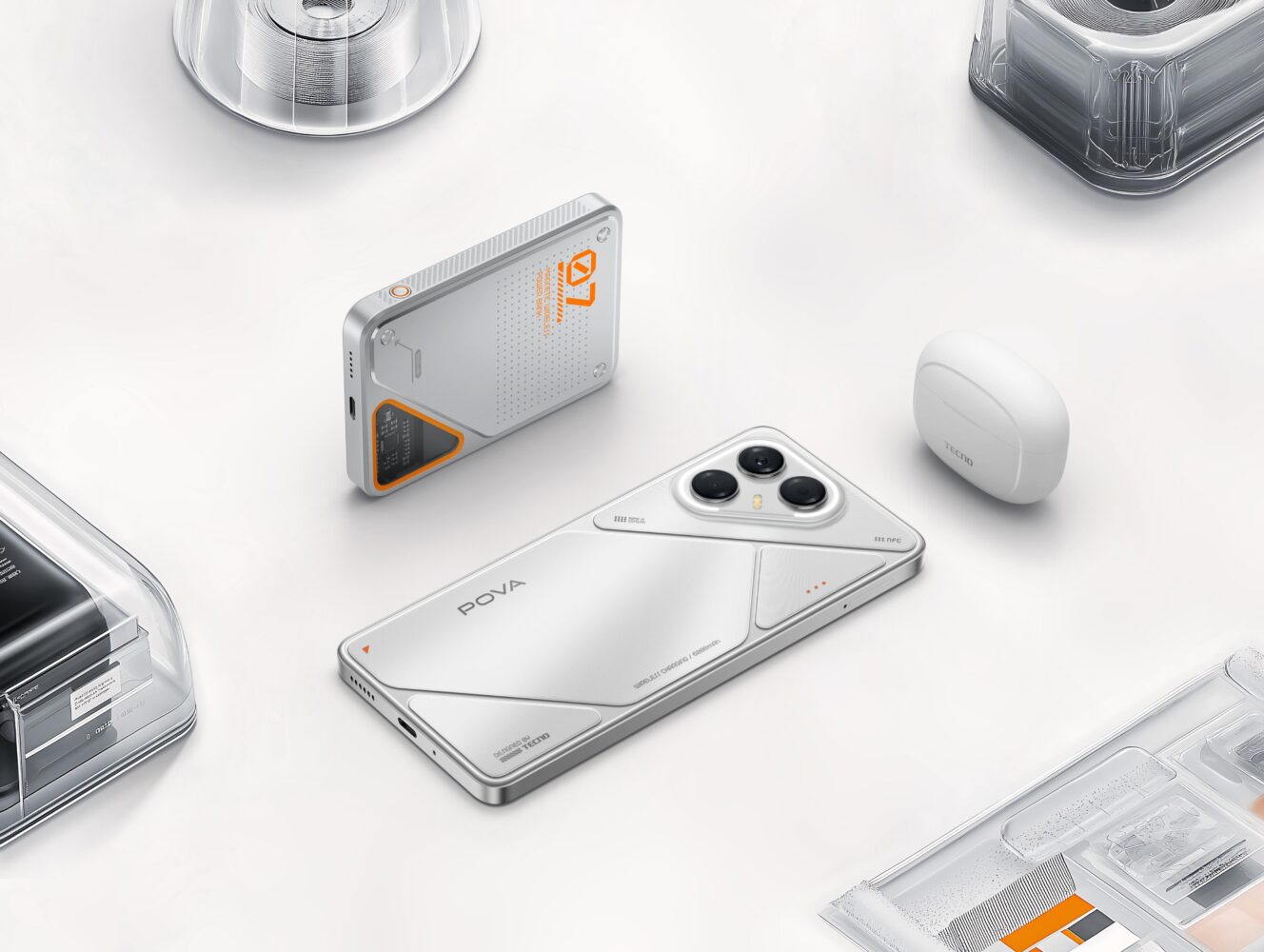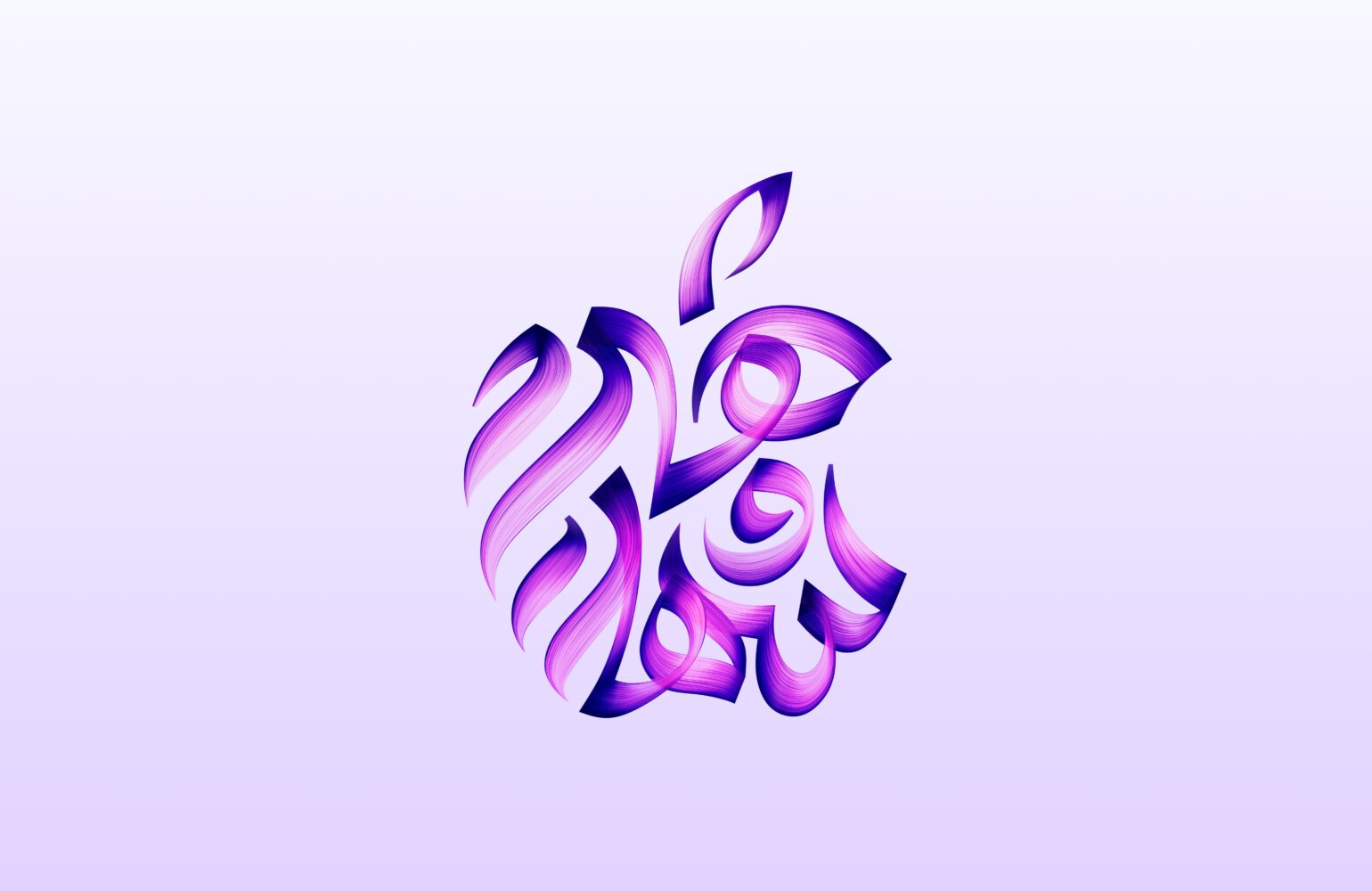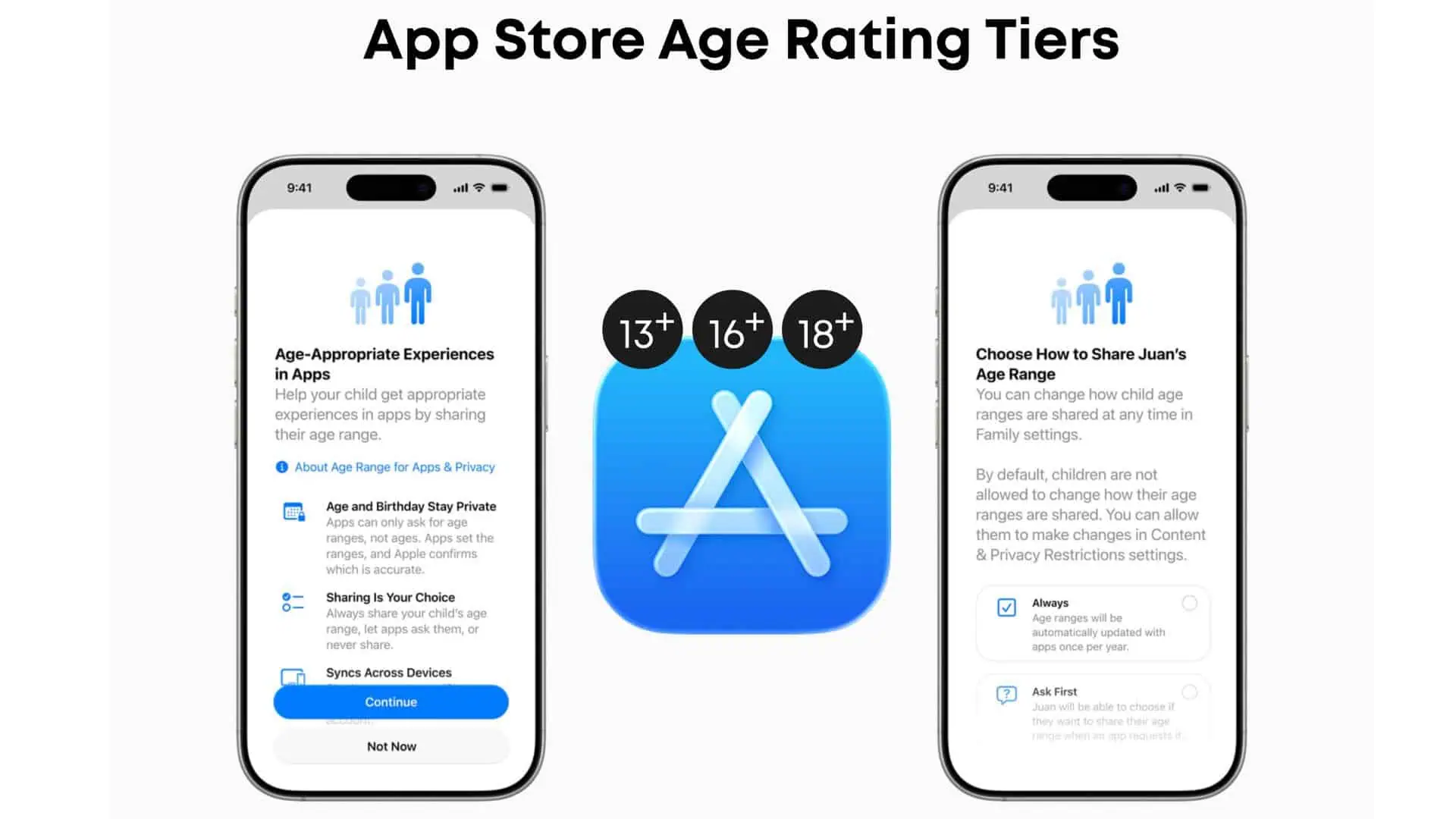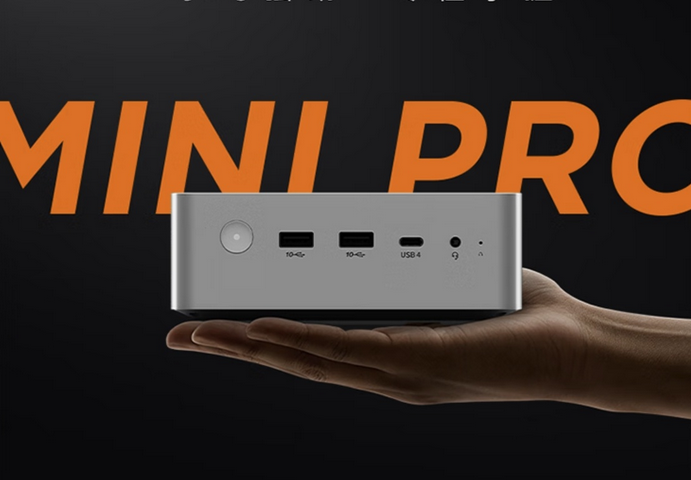TL;DR: Apple’s iOS 26 is a quiet revolution disguised as a liquidy design refresh. It prioritizes user experience and interface elegance over flashy AI tools (though they’re still tucked in there). Liquid Glass, the new visual paradigm, is surprisingly intuitive and pleasant after the rough first beta builds. Visual Intelligence is helpful, the redesigned camera is smarter, and the system-wide consistency makes all your Apple devices feel like they’re finally singing from the same hymn sheet. It’s not perfect—Siri is still stuck in 2017, Genmoji took a weird aesthetic left turn, and not every app needed to exist (looking at you, Games). But for most users, iOS 26 is the most human-centric and polished iteration in years.
iOS 26
This Is Not Just a Design Change. It’s Apple Learning How You Actually Use Your Phone.
Apple’s big swing at WWDC 2025 wasn’t about flexing its AI muscles—thank god. Everyone else is stuffing generative language models into blenders and calling it innovation. Apple, instead, did something far more subtle and rare: it listened. iOS 26 is what happens when a trillion-dollar company actually considers the friction points of using a smartphone every day, and then tries to melt them away—literally.
Let’s start with the surface. Liquid Glass sounds like a made-up material from a Christopher Nolan sci-fi movie, but it’s actually a shockingly apt metaphor. The iOS 26 design is immersive, adaptive, and weirdly tactile for a touch screen. Menus don’t just slide in and out; they react, bending like mercury and shifting based on context. Notifications float just far enough off the screen to feel 3D. The transparency finally works (mostly) after early beta chaos made reading anything a nightmare. The effect is like a UI version of a well-poured cocktail: balanced, clear, a little bit showy, and very easy to swallow.
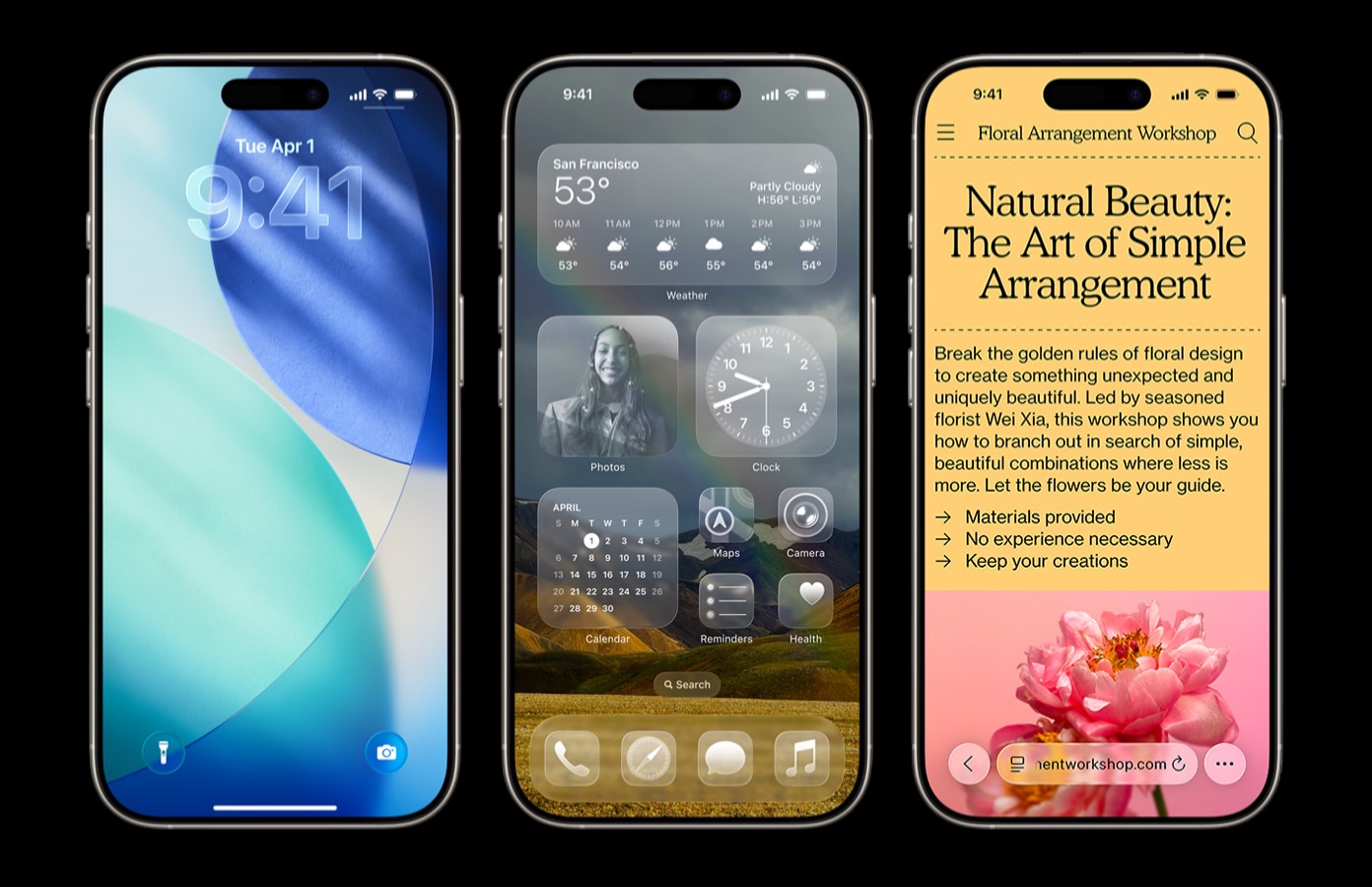
Apple’s new home and lock screens now feel like tiny dioramas. There’s a skyscraper-tall clock that somehow doesn’t overwhelm your photos, and subtle 3D effects that make even mundane snapshots pop. It all screams Vision Pro synergy—and if Apple had pushed this out in tandem with the iPhone Ultra last year, I’d swear we were moving toward a fully spatial mobile OS.
But the real MVP of Liquid Glass isn’t the animation. It’s the re-thought ergonomics.
The Bottom Is the New Top
I’ve got big hands. Not bragging, just a fact. And yet even I couldn’t comfortably hit those damn search bars Apple used to bury at the top of every app. In iOS 26, that architectural sin has been corrected. Whether you’re in Settings, Music, Photos, or Podcasts, the search bar now lives where your thumb can reach it. It’s one of those changes that feels retroactively obvious. Like, why did this take 17 versions of iOS to implement? But hey, we got there. And it’s glorious.
It’s also emblematic of iOS 26’s new mission: make the interface feel less like a design thesis and more like a living, breathing assistant.
Visual Intelligence: The Screenshots Whisperer
Apple Intelligence (yes, the branding is still awkward) doesn’t scream for attention in iOS 26. But Visual Intelligence? That’s a quiet triumph. Imagine this: you screenshot a movie ticket, and instead of it languishing in your photo stream like a digital sock, your iPhone whispers, “Hey, want me to add this to your calendar?”
It’s not just smart—it’s considerate.
The feature now works seamlessly within your screenshots thanks to Visual Intelligence’s expansion. Tap the markup pencil and suddenly your phone is suggesting actions, recognizing objects, parsing text, and offering meaningful follow-ups. It’s not quite the omniscient assistant Android users get with Google Gemini, but it’s on the same highway now—and catching up fast.
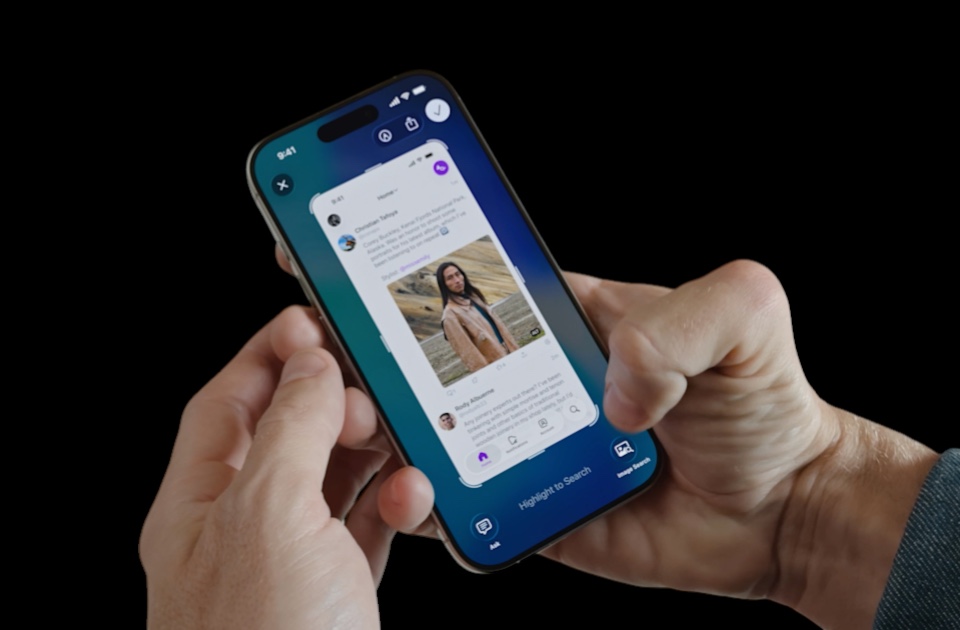
I used it on everything from receipts to business cards to conference agendas. And the accuracy? Genuinely solid. There were a few hiccups—an attempt to identify a cheese wheel turned into a brief lesson in botanical classification—but on the whole, it’s useful.
The bigger picture here is that Apple is finally allowing AI to fade into the background. It’s not a trick pony or a chatbot with boundary issues. It’s infrastructure.
The New Camera: Quietly Smarter, Elegantly Simpler
iOS 26 overhauls the Camera app—but in an uncharacteristically humble way. It doesn’t add wild new modes. It doesn’t bury you in manual controls. It just makes the camera less annoying to use.
Gone are the fiddly row of tiny, unlabeled icons. Instead, you get clean swipes and smart context menus that expand naturally from the Photo/Video selector. Swipe up or long-press for frame rate controls, resolution tweaks, or timers. If you’ve used a Pixel recently, this feels like a much-needed Apple equivalent.
Also, the new AirPods shortcut to start video recording with a stem press? Excellent addition for creators. Especially those of us who film with tripods and don’t want to fumble with the screen.
Apple Music Learns to DJ (Kinda)
AutoMix is Apple’s attempt at crossfades with a little DJ flair. Sometimes it works beautifully—smooth beat drops, elegant tempo shifts. Other times, it feels like someone’s 10-year-old nephew is running the decks. But hey, at least we can now pin playlists and albums. That feature alone has streamlined how I engage with recommendations.
More importantly, it shows Apple is finally trying to turn Music into an experience, not just a utility.
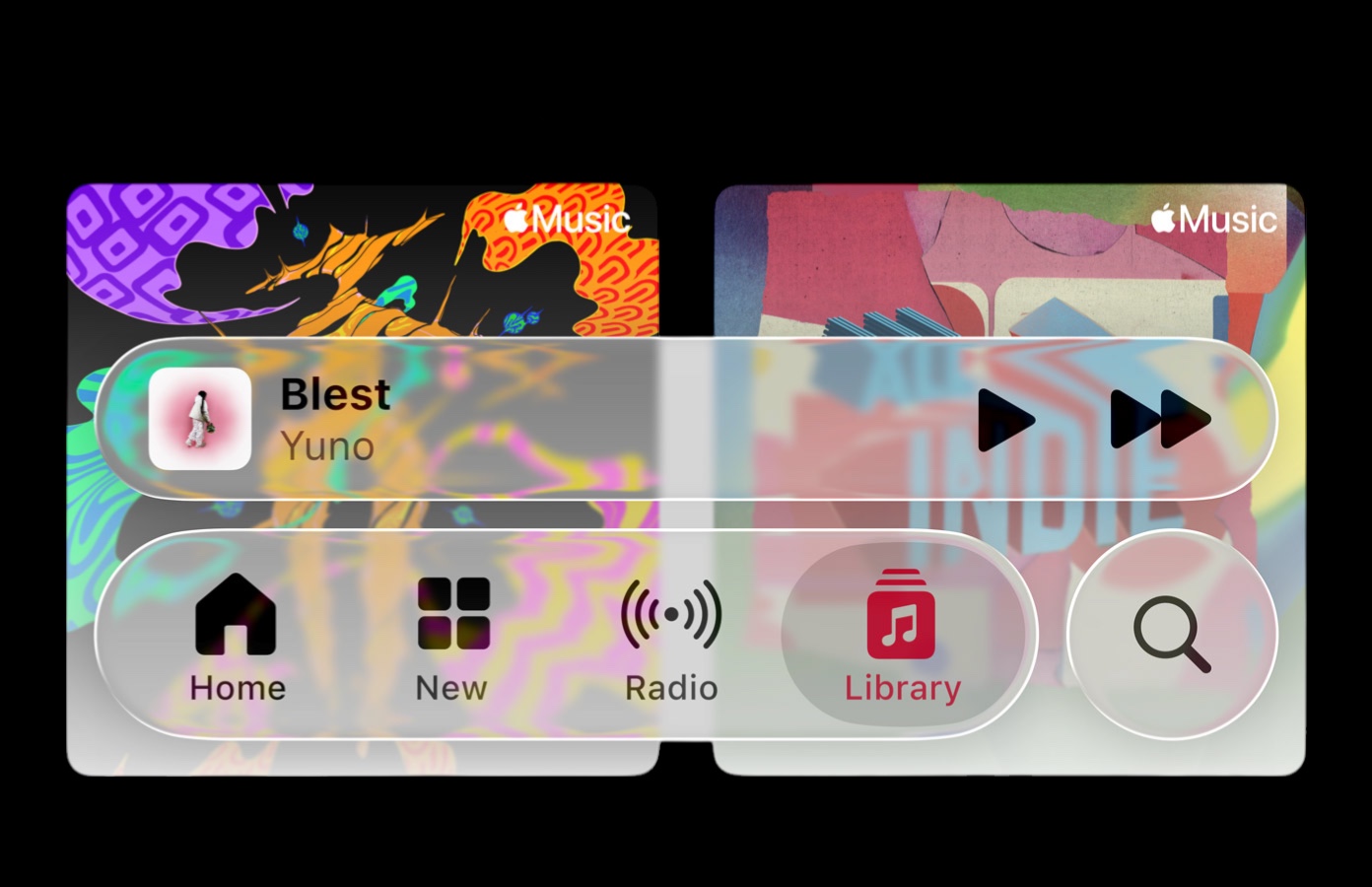
Messages: Custom Backgrounds and Live Translation for the Win
Let me tell you, nothing says maturity like setting your group chat background to your friend’s worst vacation selfie. iOS 26 lets you do that now. It’s petty, glorious, and deeply entertaining.
Also, Messages now supports live translation. It’s still a little fragmented depending on which app or language you’re in, but I managed basic multilingual conversations without resorting to Google Translate. That’s a win.
The spam filter and mute tools are also getting stronger. It’s still not bulletproof (those scammy TikTok growth agencies are crafty little goblins), but it’s improving.
Genmoji and Image Playground: Less Fun Than Before
Listen, I loved the original Genmoji. It was delightfully off-model, like emoji drawn by someone who remembered your face in a dream. Now? It feels like it went to art school and lost its charm. The customization is deeper, sure, but the avatars are weirdly uncanny.
Also, it keeps making me bald. Not cool, Apple.
Image Playground has more tools and the ChatGPT backend helps a bit, but it still feels like a side project. Useful, sometimes. Forgettable, often.
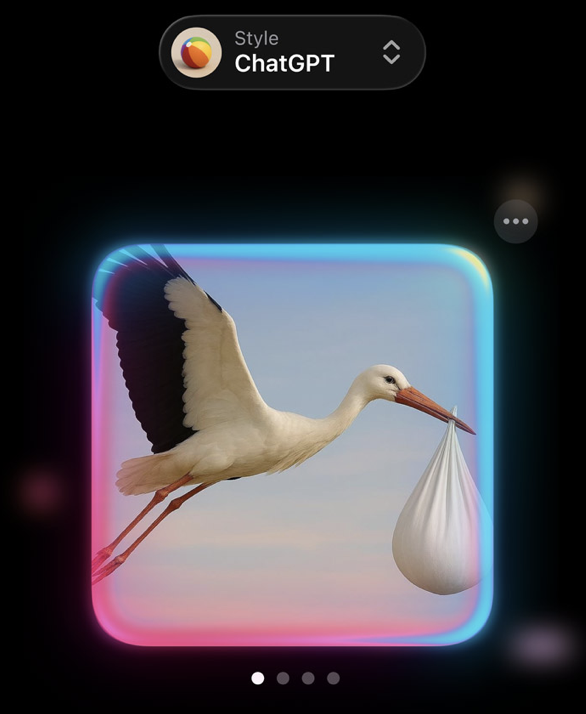
AirPods Get Smarter. And Sleepier.
There are two changes here that actually matter. First, AirPods now alert you when they’re fully charged. How this took this long, I will never understand. But it’s here now.
Second, they can detect when you fall asleep and shut off. This is huge for frequent travelers and insomniacs. I tested it on a red-eye flight, and it worked perfectly.
Also, recordings made using AirPods now sound notably cleaner. It’s not “studio quality” despite the marketing, but background noise is better managed and fidelity is improved.
New Apps: One Hit, One Miss
Preview, borrowed from macOS, is a great addition. It’s basically a quick doc viewer for anything you download or get via text. Files app remains more robust, but Preview is faster and more elegant for casual stuff.
The Games app, however, is baffling. It tries to merge your game library with discovery, but ends up feeling like a weird clone of the App Store tab. Unless Apple leans into social features or real-time events, it feels unnecessary.
The Siri-Shaped Hole
This needs to be said: where the hell is the new Siri?
Apple hyped it. WWDC teased it. But here we are, and the assistant is still stuck in the past. It’s slower than Google Assistant, less useful than Alexa, and somehow more awkward than both. In a year where Apple leaned on AI branding, this absence feels deafening.
Final Thoughts
iOS 26 isn’t flashy. It’s not overloaded with AI gimmicks. But it feels right. It’s cohesive. It respects the user’s hand, their time, their needs. Liquid Glass might be the name that gets the headlines, but it’s the sum of a thousand tiny, considerate changes that make this the best iOS update in years.
iOS 26 is a thoughtful, mature update that prioritizes usability and elegance over hype. With Liquid Glass, Apple has nailed a design language that finally feels modern and intuitive. While AI takes a backseat (and Siri is missing in action), the update is filled with genuine quality-of-life improvements that make your phone feel more human—and more helpful—than ever.

